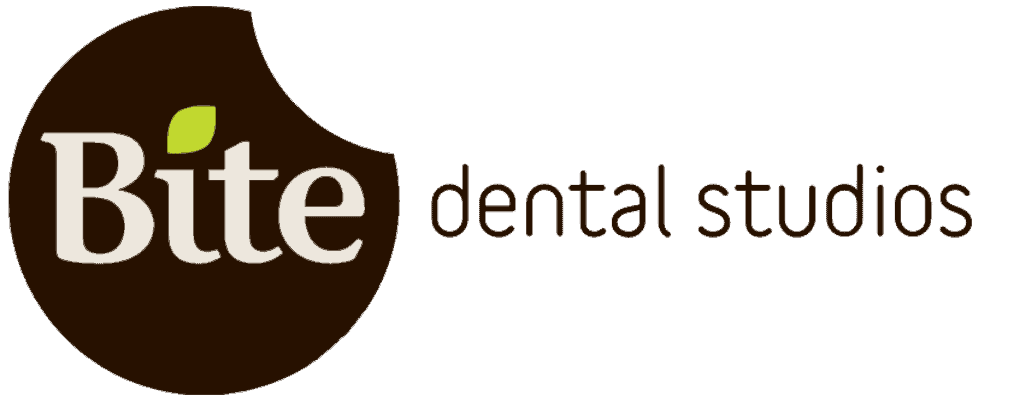Did you know that dental health week by the Australian Dental Association (ADA) is being held from the 3rd to the 9th of August, 2020?
ADA has made the objective for dental health week to educate shoppers on the hidden sugars found in their shopping trolleys. Many shoppers pick up products painted in healthy labels expecting the product to be beneficial to their health.
However this is not always the case, as many products are ridden with hidden sugars.
And to help new patients with the effects sugar has had on their oral health, at Bite Dental, our team offers new patients a $99 check-up offer.
If you would like to find out how to reduce the sugar contents in your shopping trolley, keep reading, but first a little bit on why sugar is so bad for your dental health.
Why is sugar bad for dental health?
Sugar is the culprit that attracts the sticky film known as plaque to form inside your mouth, which contains bad bacteria.
These bad bacterias found inside plaque feed on the sugars, and break it down into acids which cause tooth decay.
It’s important to regularly wash your mouth out with water to remove excess sugars, food debris and plaque. Leaving plaque and acid to reign free inside your mouth causes the normal pH level of about 7 inside your mouth to drop to below 5.5, which is where acidity begins to dissolve minerals found with enamel.
This process over time will cause erosion and holes to form in the protective enamel layer.
Not only is sugar bad for your dental health, but it also causes a numerous range of other health conditions and diseases over time.
Unfortunately, in modern society, sugar is a key ingredient in many daily products and it’s hard to avoid, even when you try really hard to avoid it.
How to find out how much sugar is in packaged foods?
If you check out the back of a product, in the nutrition information panel, it will list the sugar content of the product.
Many shoppers won’t check this nutrition information panel, and instead, judge a product by the labels on the front. Labels that may relate to sugar, are as:
- No added sugar
- All-natural
- Organic
These labels do not immediately excuse a product from being sugar-free or low in sugar, as products can naturally contain high amounts of sugar as well.
Which is why it’s important to read the ingredients and contents list.
Is sugar always called sugar?
No, there are dozens of other names for sugar. Here are a few popular sugars and sweeteners found in common products:
- Dextrose
- Galactose
- Fructose
- Glucose
- Lactose
- Sucrose
- Maltose
- Corn syrup
- Agave nectar (sweetener)
If you would like to read about the other names sugar hides behind, click here.
Examples of high-sugary products
Some of the top products for your shopping trolley to avoid include:
- High sugary lollies & snacks
- Sugary & acidic beverages – Soft drinks, energy drinks, milkshakes, sports drinks and fruit juices
- Sticky foods – Usually long-lasting source of sugar, such as candies
Where to watch out for hidden sugars?
For example, these products listed below are known for containing hidden sugars.
- Sauces – including pasta, pizza, stir fry, curries and condiments
- Salad dressings
- Breads
- Muesli & cereals
- Yogurts
- Protein bars
- Iced tea
- Alcohol
Bite Dental cares for your dental health in Brisbane CBD
At Bite Dental, our entire team knows how bad sugar can be, and what it does to your dental health. And we want all shoppers to read the ingredients list found on the back of every product so that you know what you are putting into your body.
We have a $99 new patient offer to help you get on top of your dental health.
For more information, please contact us online.

